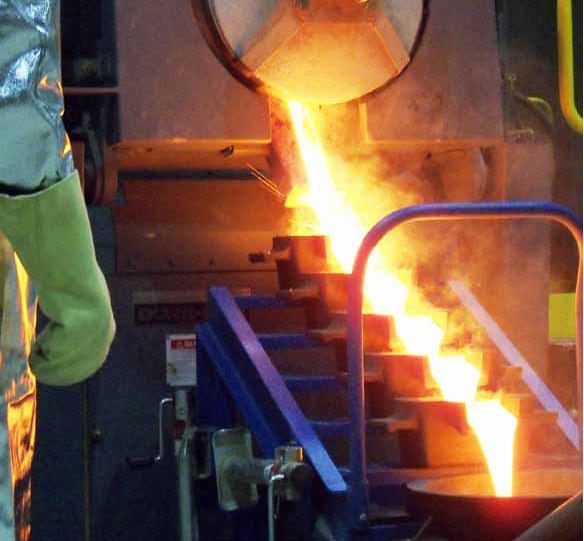
Osisko Mining Corporation reported record production in its Q1 2012 results today, but also issued a warning after a fire at its Canadian Malartic Mill in Quebec, Canada.
A fire occurred in the cyclone separator portion of the mill just before midnight on Wednesday 9 May, most likely started by welding near to the number four cyclone area, and then spread to the mill roof of that sector.
Approximately 50 employees were in the plant at the time, but emergency procedures were followed and there were no injuries to staff or emergency workers during the incident. No industrial chemicals or toxic gases were released during the fire and regular mining operations were maintained outside of the mill area.
The mill is expected to be shut down for two to three weeks, with Osisko using the downtime to advance maintenance operations. The effect on 2012 production is not yet known.
This aside, Osisko has produced its best quarterly results as it ramps up production at Canadian Malartic, with net earnings of $29.4 million.
The mine reached commercial production on 19 May 2011 so mining operations did not contribute revenues or profit for comparison in the same quarter last year.
“We had record gold production of over 91,000 ounces during the quarter, despite addressing challenges as we continue to ramp up this world class mine,” said Sean Roosen, president and chief executive officer of Osisko.
“Canadian Malartic was the second largest gold producer in Canada in the last quarter, after Goldcorp’s high-grade Red Lake Mine.
“We have recently been processing at rates of 42,000 to 46,000 tonnes per day, and hope to stabilize the circuit in this range pending the arrival of the last components of the second cone crusher.
“The completion of the secondary crushing facility in July should set the stage to increase throughput to design capacity of 55,000 tonnes per day in September, three months later than we’d originally planned to have this equipment available to us. Further optimizations of throughput will be pursued once this is achieved.”













